
The Art of the Impossible — Animating Time, 2015
John Redfern created this video to showcase the art of watch animation.
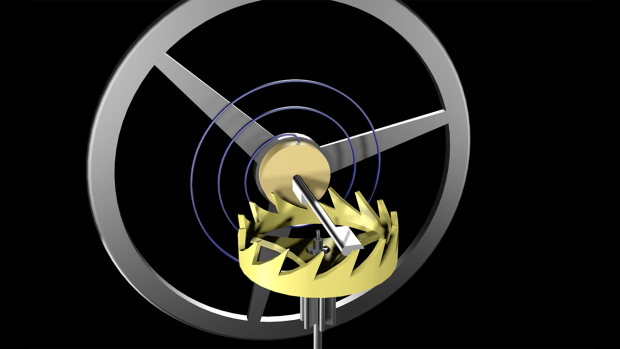
The Verge Escapement
The first escapement, it allowed the development of mechanical clocks. (2 animations)
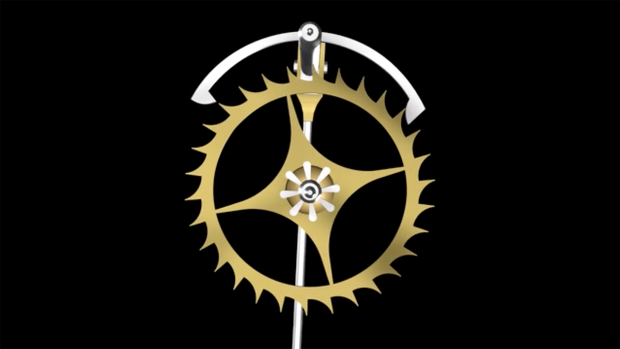
The Anchor Escapement
The escapement that significantly improved timekeeping accuracy and is still in use today. (2 animations)
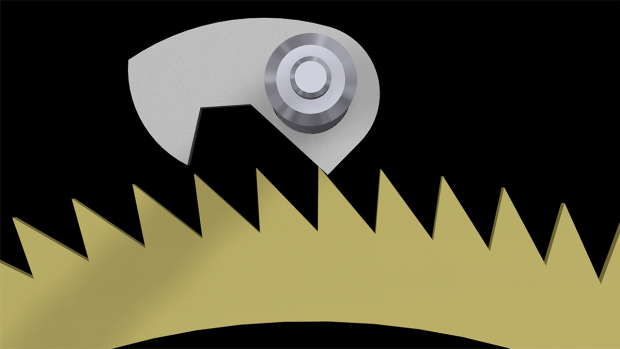
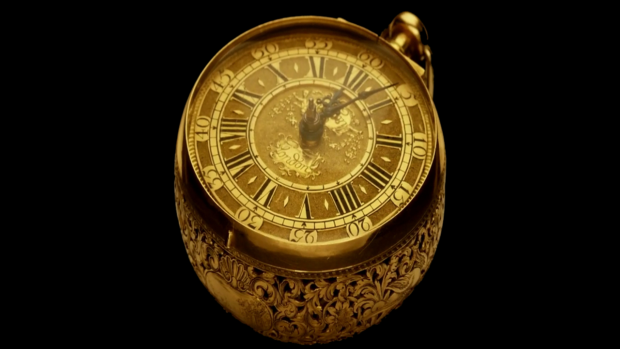
Tompion 144
Tompion 144, noted for its age, repeating mechanism and fine workmanship, but also for the secret catches used to secure the movement within the case.
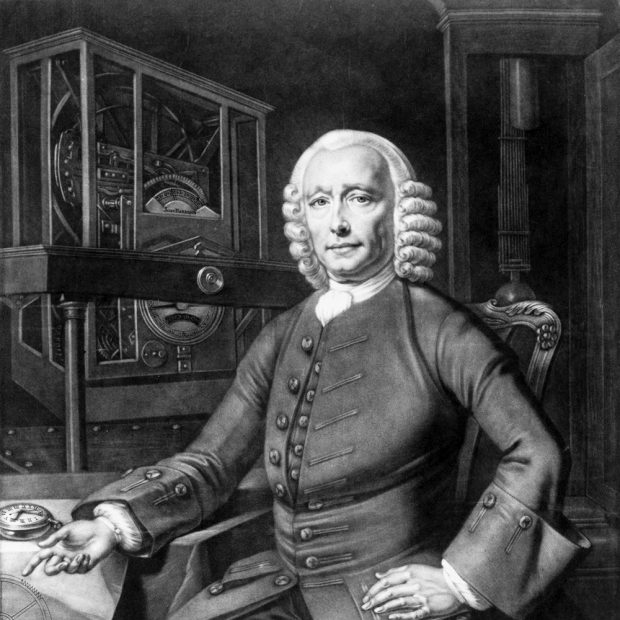
The Harrison Timekeepers H1, H2, H3 and H4
Harrison was one of the great innovators, building a clock accurate enough to determine a ship’s longitude even in unpredictable conditions at sea. (6 animations)
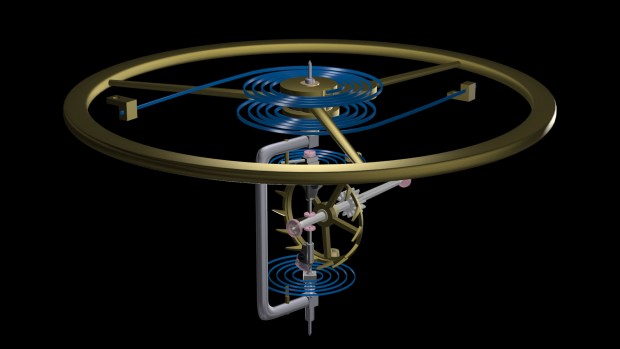
Mudge — Constant-Force Escapement, c. 1774
“An exquisite design… theoretically a very perfect one.” (Rupert T. Gould).
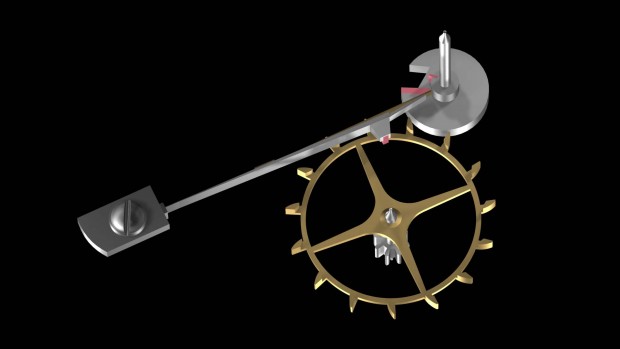
Arnold and Earnshaw — Spring Detent Escapement, 1782
Arnold simplified Harrison’s concept, making it cheaper and quicker to manufacture; Earnshaw improved it further. (2 animations)
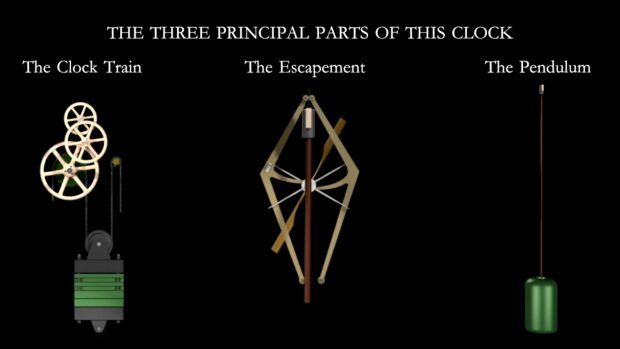
Santa Barbara — The Courthouse Clock
The mechanics of the tower clock in Santa Barbara, California, are modelled on London’s Big Ben.
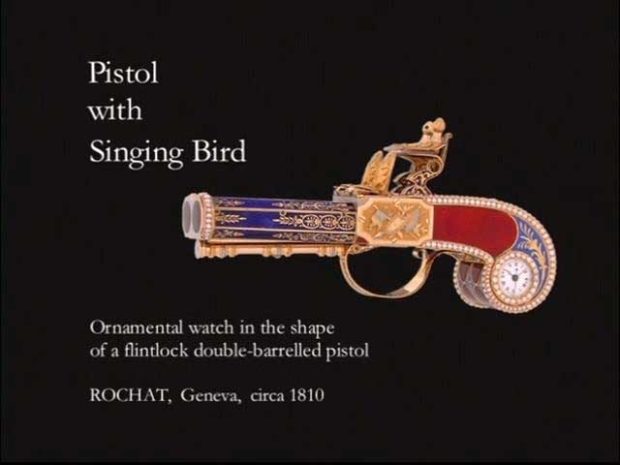
Patek Philippe Museum
The Patek Philippe Museum opened in Geneva in 2001; it contains a major collection of many of the finest clocks, watches and automata known. (7 animations)
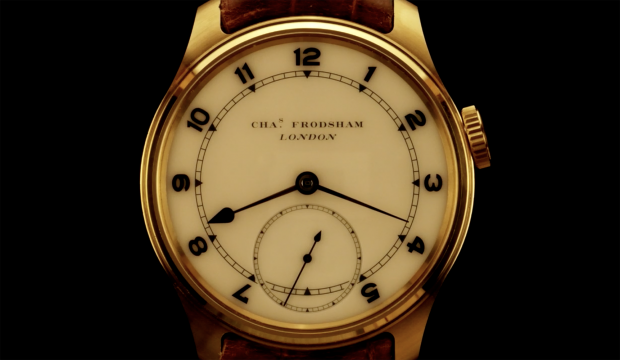
Charles Frodsham & Co. — The Double Impulse Chronometer Wristwatch
Charles Frodsham & Co, founded in the 19th century, is the longest continuously trading firm of chronometer manufacturers in the world.
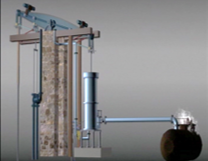
The Newcomen Pumping Engine
Newcomen engines did much to launch the Industrial Revolution. They were in use from 1712 until at least 1901.
